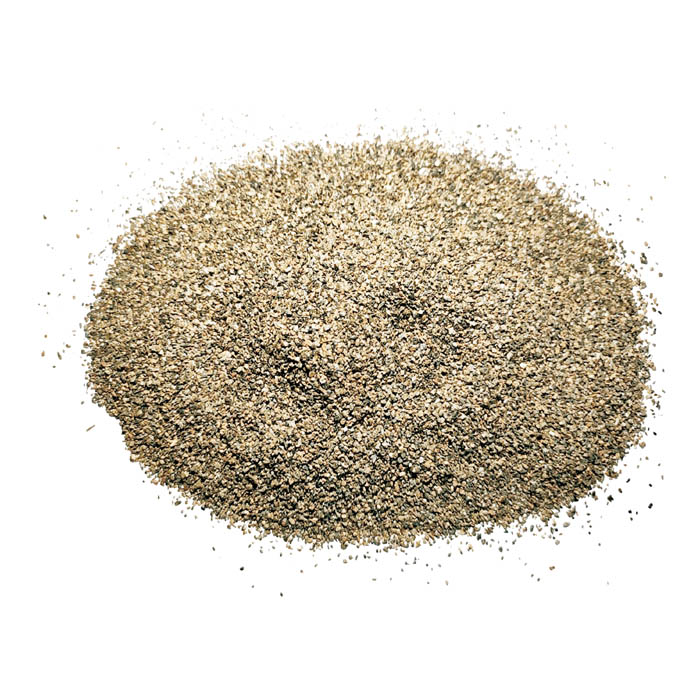Dec . 09, 2024 16:45 Back to list
Innovative Approaches to Efficient Steel Production in the Modern Industry
High-Quality Modern Steel Making
Steel is one of the most crucial materials in the modern world, used across various industries including construction, automotive, aerospace, and electronics. The process of steel making has evolved significantly over the years, moving from traditional methods to advanced, high-quality production techniques. This evolution not only improves efficiency but also enhances the quality and sustainability of steel production.
The Steel Making Process
Modern steel making generally involves two main methods the Basic Oxygen Furnace (BOF) process and the Electric Arc Furnace (EAF) method. Each method has distinct advantages and caters to different production needs.
The BOF process is the most commonly used method for converting iron into steel. It employs molten iron sourced from a blast furnace, where it is combined with scrap steel and various alloys. Pure oxygen is blown through the mixture, resulting in high temperatures that facilitate the oxidation of impurities. The main advantages of the BOF process include high production capacity, cost-effectiveness, and its ability to produce large quantities of liquid steel. Additionally, this method ensures the removal of carbon and other unwanted elements, leading to high-quality steel.
2. Electric Arc Furnace (EAF)
EAF is an alternative method that has gained popularity due to its ability to produce steel from 100% scrap metal. This process is more environmentally friendly, as it emits significantly lower amounts of carbon. EAFs use electric arcs to melt scrap steel, along with direct iron reduction processes that may utilize iron ore pellets as a feedstock. Although typically producing smaller batches compared to BOFs, EAFs allow for greater flexibility and faster turnaround times. Furthermore, the quality of steel produced through EAF can be equivalent, if not superior, to that produced in BOFs, especially when the composition is tailored precisely.
Enhancing Quality through Modern Techniques
high quality modern steel making

Today’s steel production methods involve innovative technologies that enhance the quality of the final product. Advanced analytical techniques, such as X-ray fluorescence (XRF) and optical emission spectrometry (OES), are employed to monitor and control the chemical composition of steel. Precise control over the alloying elements ensures that the steel produced meets specific industry standards and customer requirements.
Additionally, process automation and computer simulations play a vital role in modern steel-making. These technologies help in optimizing production parameters, reducing waste, and minimizing energy consumption. Engineers can simulate the entire production process using software, allowing them to foresee potential issues and fine-tune operations proactively.
Another significant advancement in modern steel making is the development of high-strength steels. These steels possess superior mechanical properties, allowing for thinner and lighter designs in construction and automotive applications without compromising safety or performance. The ongoing research into advanced alloying systems and heat treatment processes paves the way for steels that can endure extreme conditions, further expanding their applicability.
Sustainability in Steel Making
With growing environmental concerns, the steel industry is also shifting towards more sustainable practices. The adoption of recycling methods, particularly in EAF steel making, significantly reduces the carbon footprint associated with traditional steel production. Innovations like carbon capture technology are being explored to further mitigate greenhouse gas emissions. Furthermore, the industry is focusing on using renewable energy sources for electric arc furnaces, which would drastically lower overall emissions during the steel-making process.
Another sustainable approach includes the development of bio-based materials and processes. Researchers are exploring innovative ways to incorporate alternative raw materials into steel production, aiming for even lower environmental impacts while maintaining quality.
Conclusion
The modern steel-making industry is a testament to how technology and innovation can transform traditional methods, resulting in high-quality and sustainable production. As industries demand stricter quality standards and as consumers become more environmentally conscious, steel manufacturers are increasingly adopting advanced techniques to meet these expectations. With a commitment to continuous improvement and sustainability, the future of steel making is bright, paving the way for a resilient and sustainable infrastructure worldwide.
-
Eco-Friendly Granule Covering Agent | Dust & Caking Control
NewsAug.06,2025
-
Fe-C Composite Pellets for BOF: High-Efficiency & Cost-Saving
NewsAug.05,2025
-
Premium Tundish Covering Agents Exporters | High Purity
NewsAug.04,2025
-
Fe-C Composite Pellets for BOF | Efficient & Economical
NewsAug.03,2025
-
Top Tundish Covering Agent Exporters | Premium Quality Solutions
NewsAug.02,2025
-
First Bauxite Exporters | AI-Optimized Supply
NewsAug.01,2025
